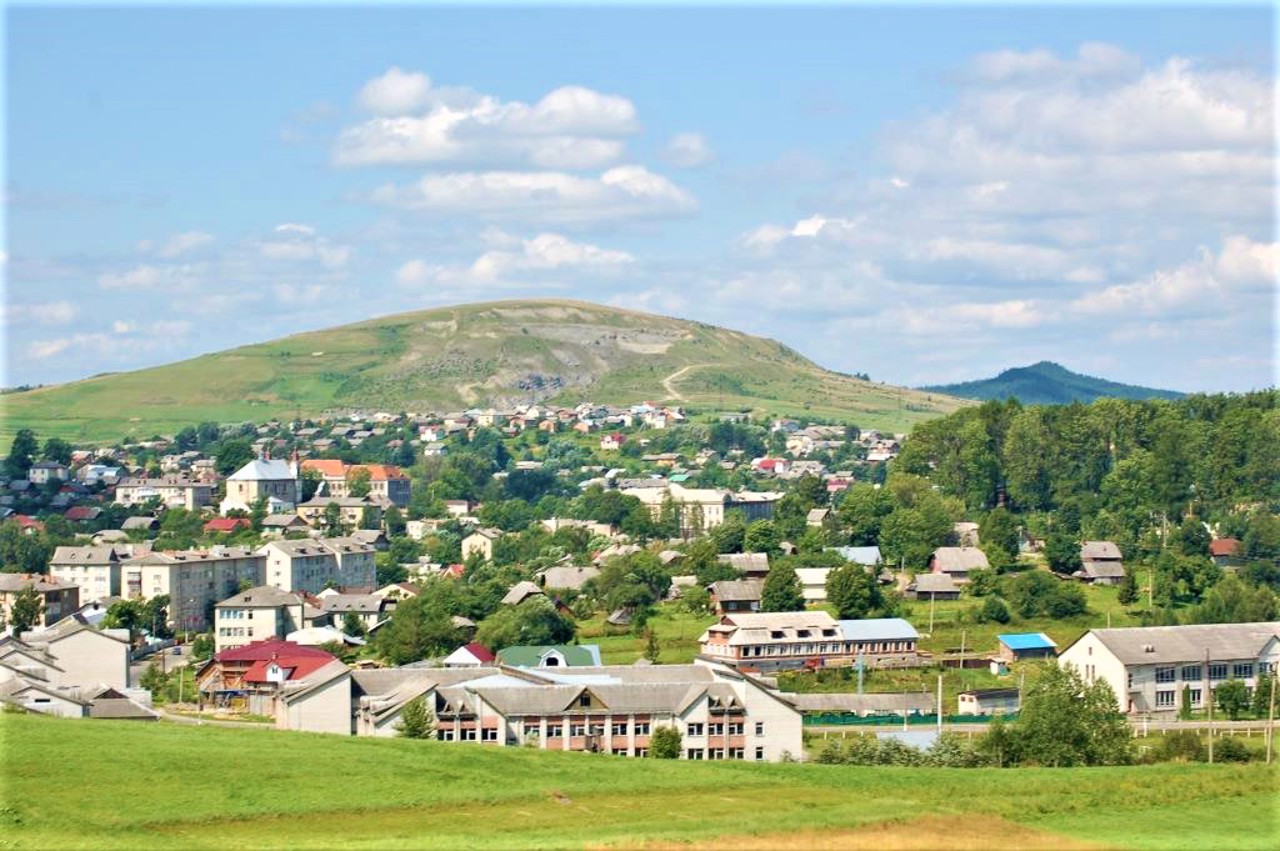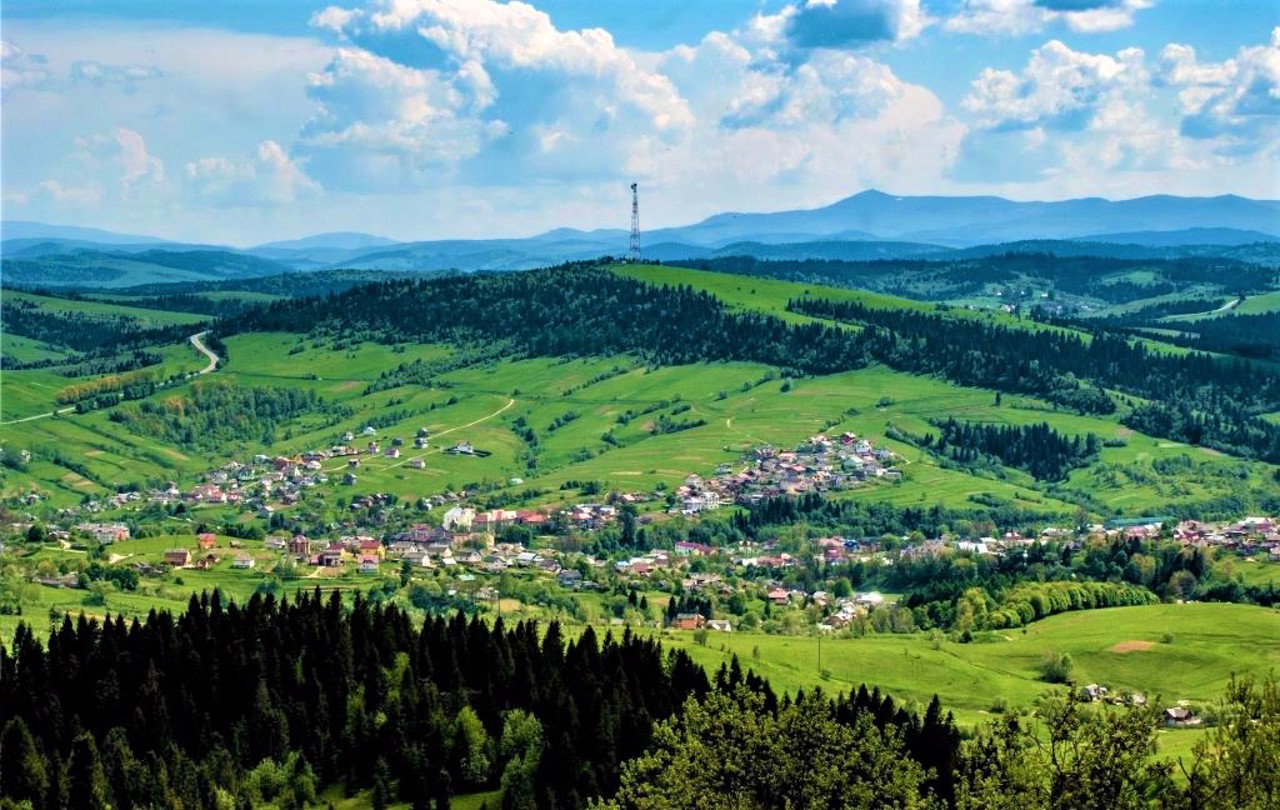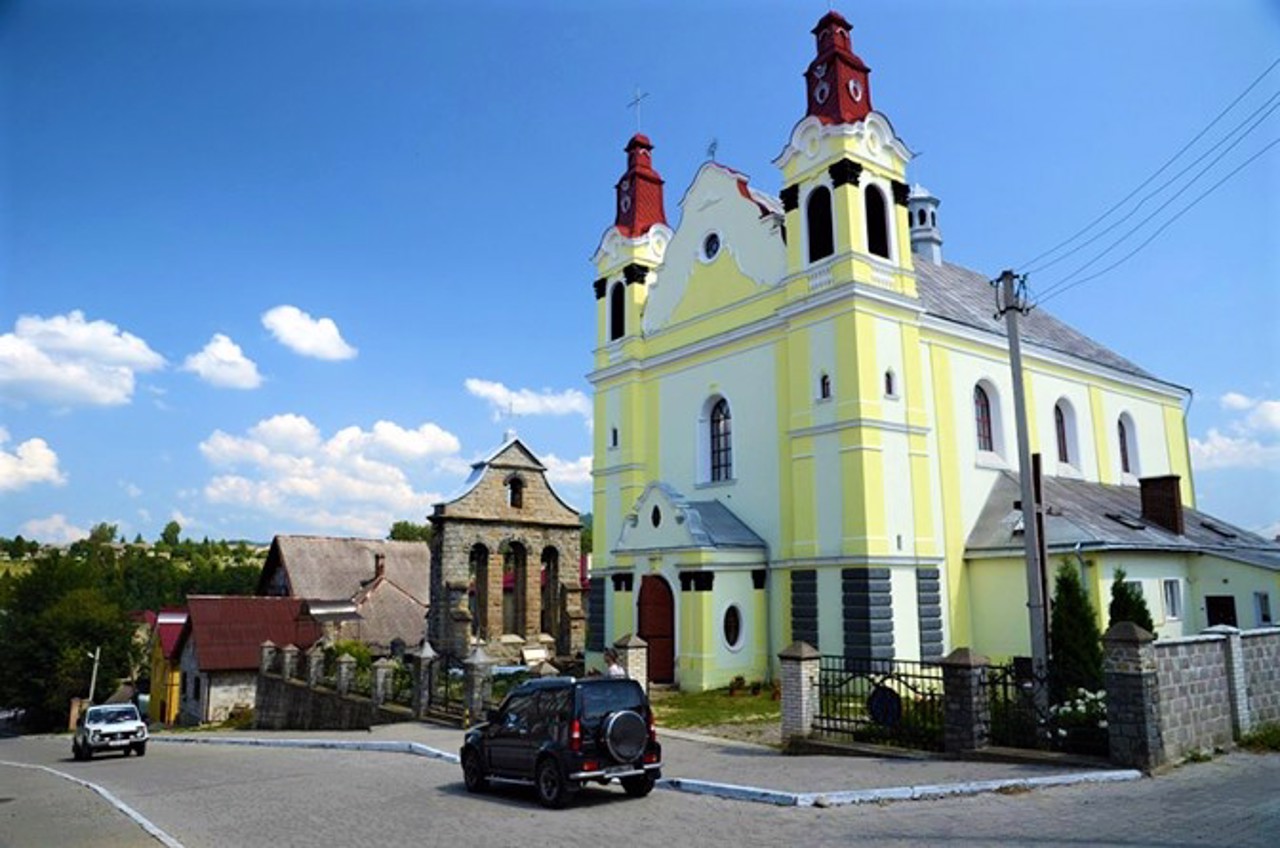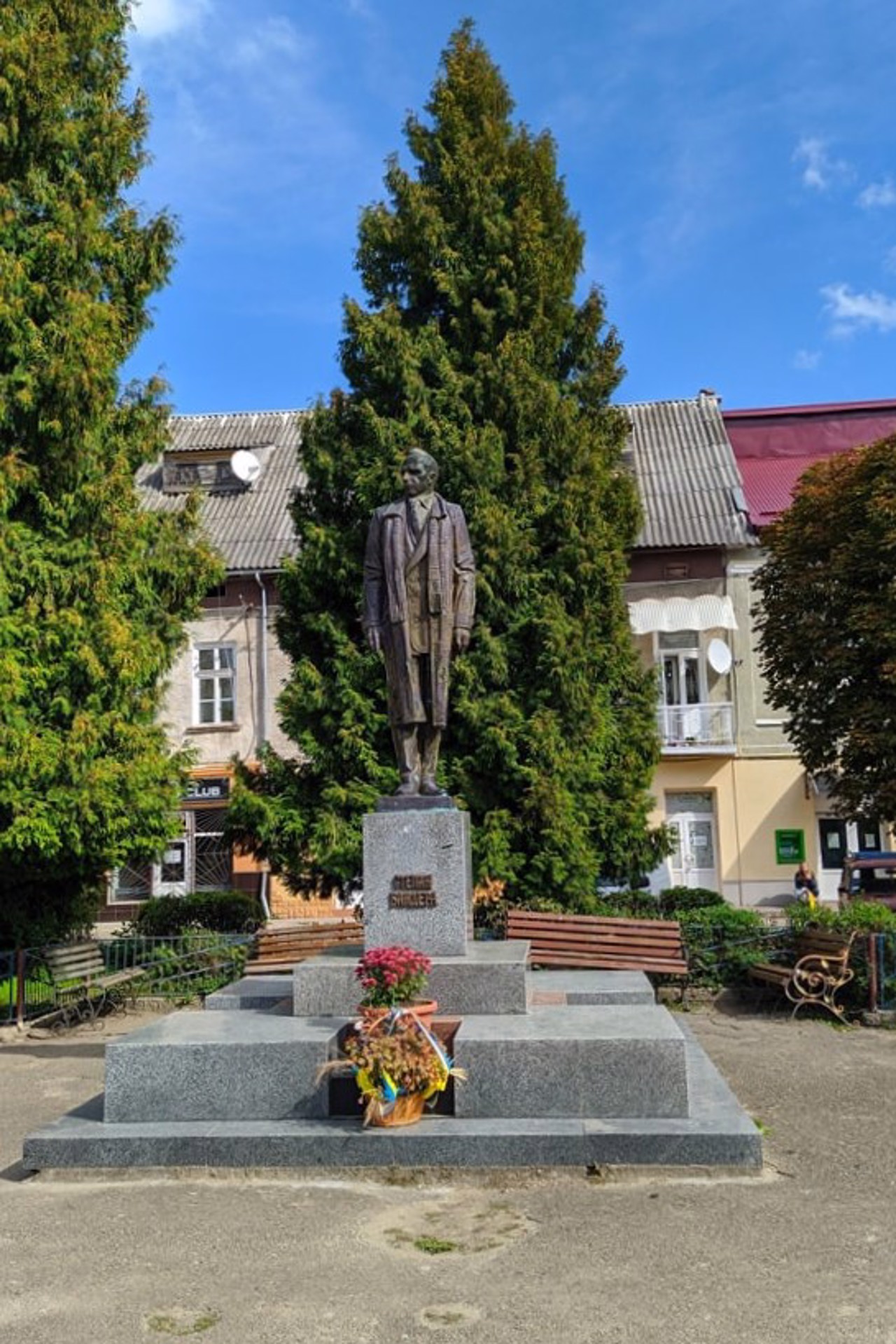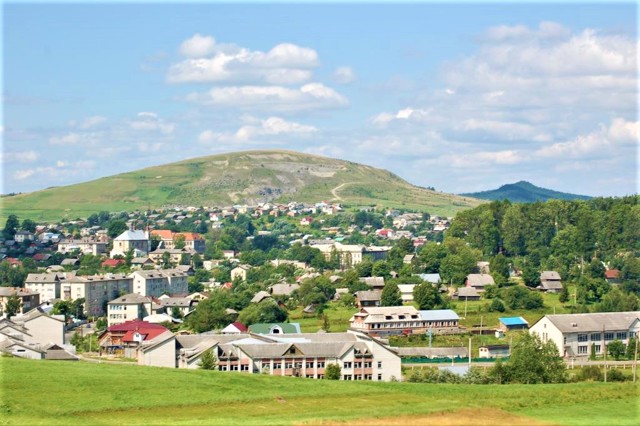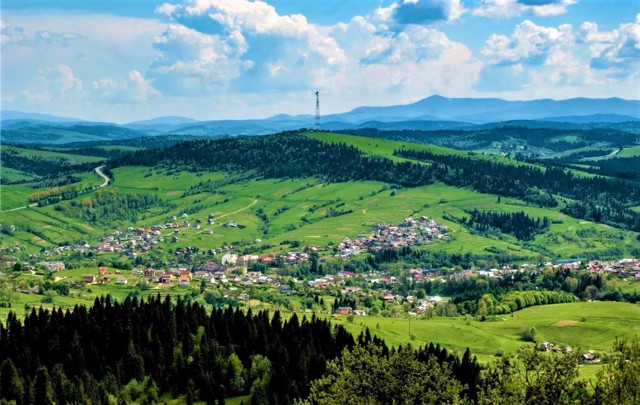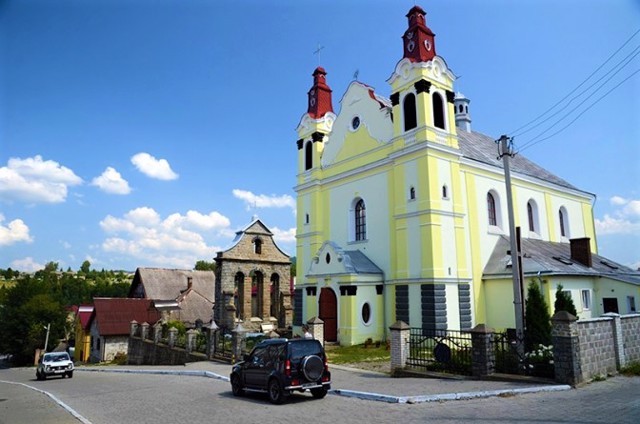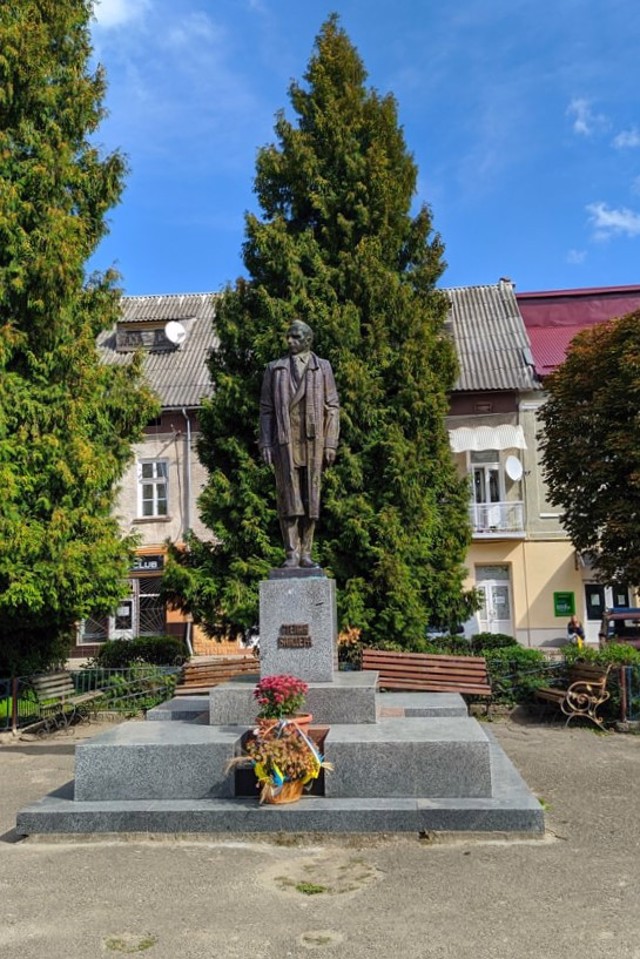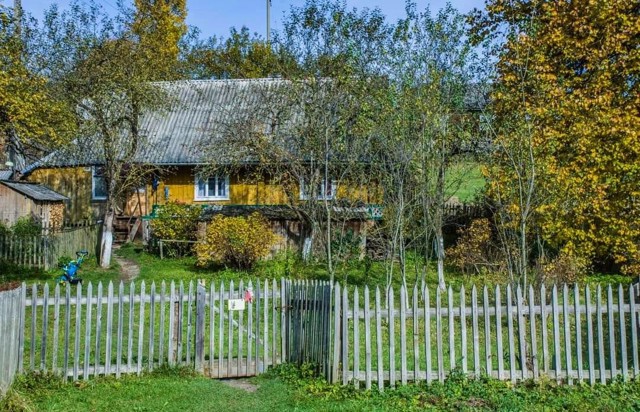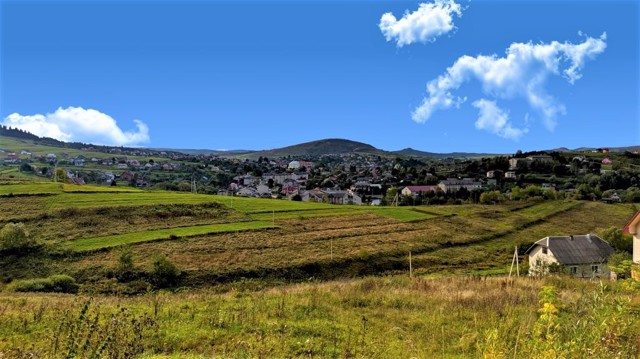Functional temporarily unavailable
General information about Turka
The Carpathian city of Turka on the Stryi River is the informal capital of Boykiv region. It is located in the mountains between Uzhok Pass and Staryi Sambir.
It was first mentioned in 1431, although it is known that in the 9th century there was an Old Rus guard post with a watchtower at this place.
In Polish times, Turka belonged to local feudal lords. In 1730, Antoniy Kalynovsky made Turku his residence and received Magdeburg law for it. A wooden Jesuit church was founded there, which was rebuilt in stone in 1767-1779. Three wooden Boykiv churches have also been preserved: the Church of Saint Nicholas (1736), the Church of the Assumption (1750), the Church of the Transfer of the Relics of Saint Nichol ...
The Carpathian city of Turka on the Stryi River is the informal capital of Boykiv region. It is located in the mountains between Uzhok Pass and Staryi Sambir.
It was first mentioned in 1431, although it is known that in the 9th century there was an Old Rus guard post with a watchtower at this place.
In Polish times, Turka belonged to local feudal lords. In 1730, Antoniy Kalynovsky made Turku his residence and received Magdeburg law for it. A wooden Jesuit church was founded there, which was rebuilt in stone in 1767-1779. Three wooden Boykiv churches have also been preserved: the Church of Saint Nicholas (1736), the Church of the Assumption (1750), the Church of the Transfer of the Relics of Saint Nicholas (1776).
The synagogue (XIX century) and the old Jewish cemetery remind us of the life of the Jewish community in Turka.
In 1905, a railway passed through the city, a railway tunnel, an arch bridge and a railway station were built. In 1907, a new town hall was built on the site of the old wooden magistrate's house, which is still used for its intended purpose.
In 2004, a monumental church of Saints Peter and Paul was built in the center of the city.
Карпатське місто Турка на річці Стрий - неформальна столиця Бойківщини. Розташоване в горах між Ужоцький перевалом і Старим Самбором.
Вперше згадується в 1431 році, хоча відомо, що ще в IX сторіччі на цьому місці існувало давньоруський сторожовий пост з дозорної вежею.
В польські часи Турка належала місцевим феодалам. В 1730 році Антоній Калиновський зробив Турку своєю резиденцією і отримав для неї Магдебурзьке право. При ньому був заснований дерев'яний єзуїтський костел, який в 1767-1779 роках був відбудований в камені. Також збереглися три дерев'яні бойківські храми: церква Святого Миколая (1736 рік), Успенська церква (1750 рік), церква Перенесення мощей Святого Миколая (1776 рік).
Про ж ...
Карпатське місто Турка на річці Стрий - неформальна столиця Бойківщини. Розташоване в горах між Ужоцький перевалом і Старим Самбором.
Вперше згадується в 1431 році, хоча відомо, що ще в IX сторіччі на цьому місці існувало давньоруський сторожовий пост з дозорної вежею.
В польські часи Турка належала місцевим феодалам. В 1730 році Антоній Калиновський зробив Турку своєю резиденцією і отримав для неї Магдебурзьке право. При ньому був заснований дерев'яний єзуїтський костел, який в 1767-1779 роках був відбудований в камені. Також збереглися три дерев'яні бойківські храми: церква Святого Миколая (1736 рік), Успенська церква (1750 рік), церква Перенесення мощей Святого Миколая (1776 рік).
Про життя єврейської громади Турки нагадує синагога (XIX століття) і старий єврейський цвинтар.
В 1905 році через місто пролягла залізниця, були споруджені залізничний тунель, арочний міст і вокзал. На місці старого дерев'яного будинку магістрату в 1907 році побудована нова ратуша, яка понині використовується за призначенням.
В 2004 році в центрі міста споруджено монументальну церкву Святих Петра і Павла.
Сплануй своє перебування у Turka
What to see and where to go in Turka
Tourist attractions and museums of Turka
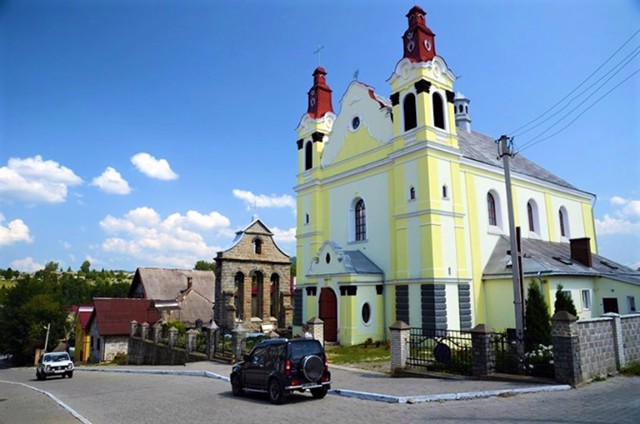
Assumption of Holy Virgin Mary
Temple , Architecture
The Church of the Assumption of the Blessed Virgin Mary in Turka was built in 1779 on the site of the first wooden Roman Catholic church, which was founded in 1730 on the initiative of the magnate Antoniy Kalynovsky, who owned the city at that time.
Kalynovsky invited the Jesuit fathers to Turka and entrusted them with the care of the city's small Catholic parish. In 1749, the Jesuit order was liquidated by the Austrian government and the Church of the Assumption became a parish church.
In 1906-1914, the Church of the Assumption of the Blessed Virgin Mary was reconstructed according to the project of Stanislav Mayerskyi. After the Soviet period of desolation, in 1992 the Church of the Assumption was returned to Turka Roman Catholics.
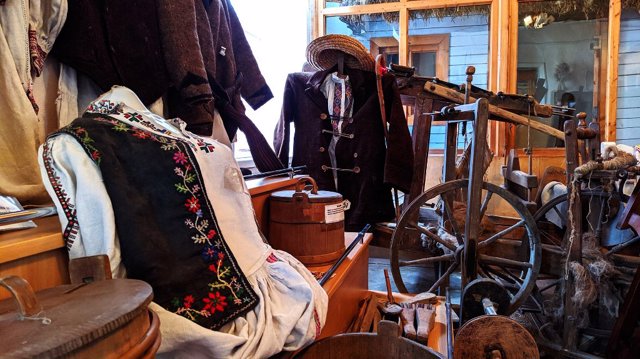
City Hall (Boykivshchyna Museum)
Architecture , Museum / gallery
The city hall in the center of the Rynok Square of the city of Turka was built in 1907 on the site of the old wooden building of the magistrate.
Turka received the right to self-government in 1730. The new building of the city hall is made in the Art Nouveau style. It is still used for its purpose - it houses the Turka City Council.
Also in the town hall is the People's Museum "Boykivshchyna", which tells about the history and culture of this region. Permanent expositions: "History of Turka from ancient times to the present day", "Ethnography: clothing, household items", "Work tools in subsistence farming", "Room of the ethnographer Mykhaylo Zubrytsky", "Ukrainian diaspora".
Reviews Turka
Geographical information about Turka
| {{itemKey}} | {{itemValue}} |
|---|---|
| Region |
Lviv |
